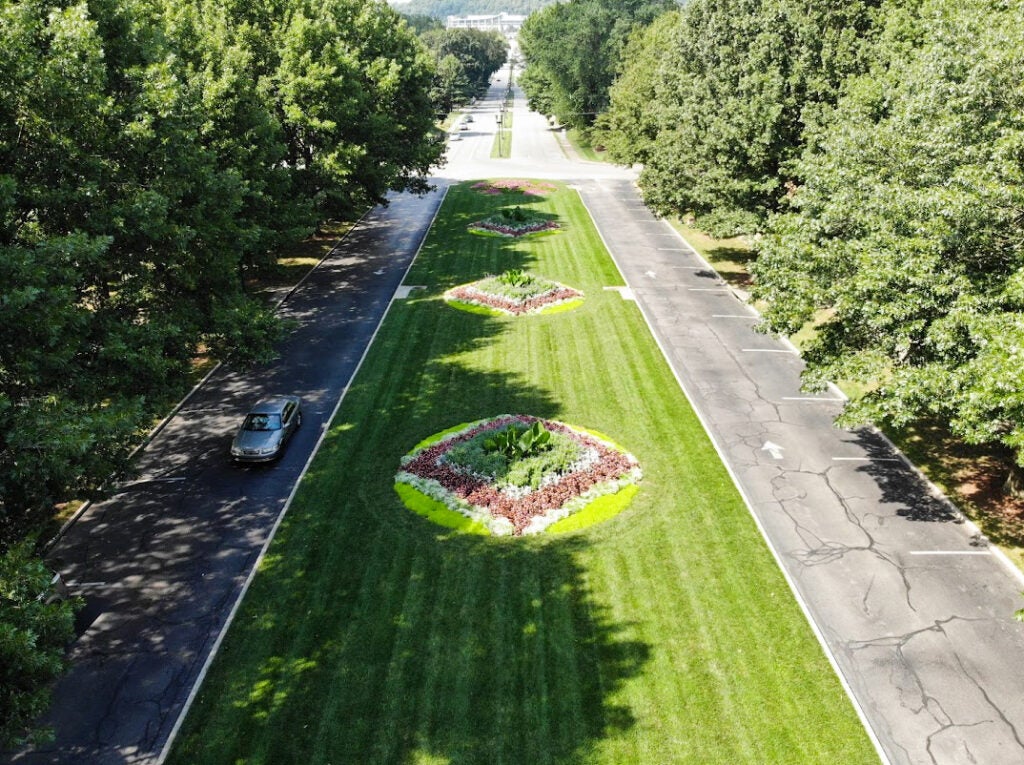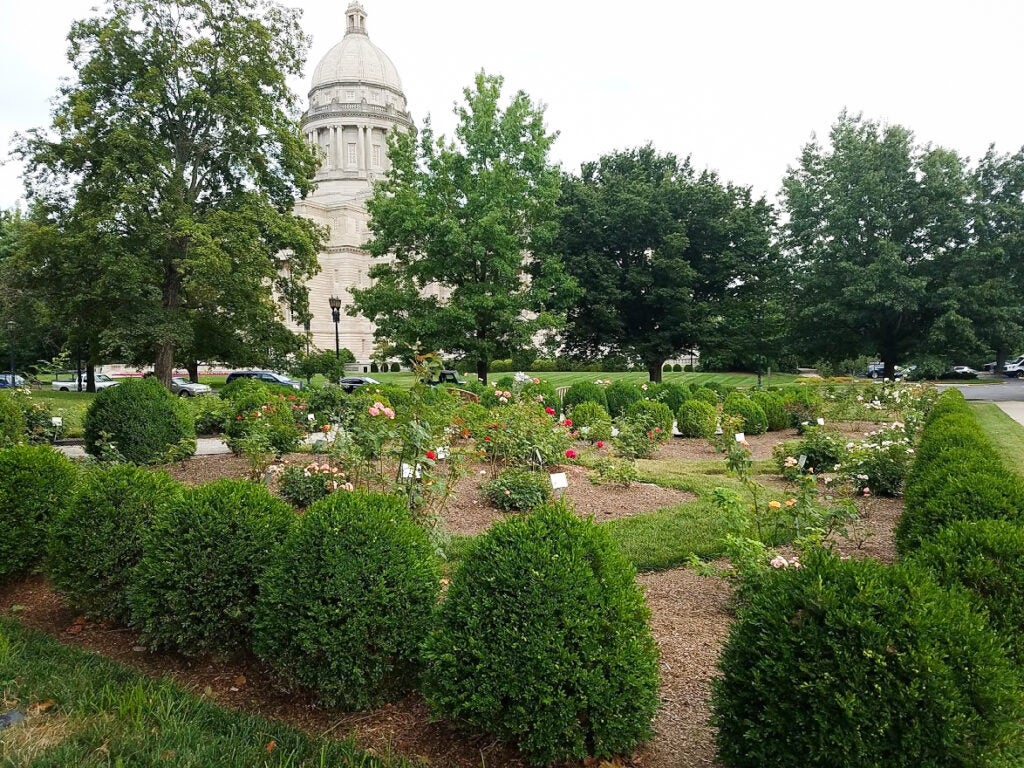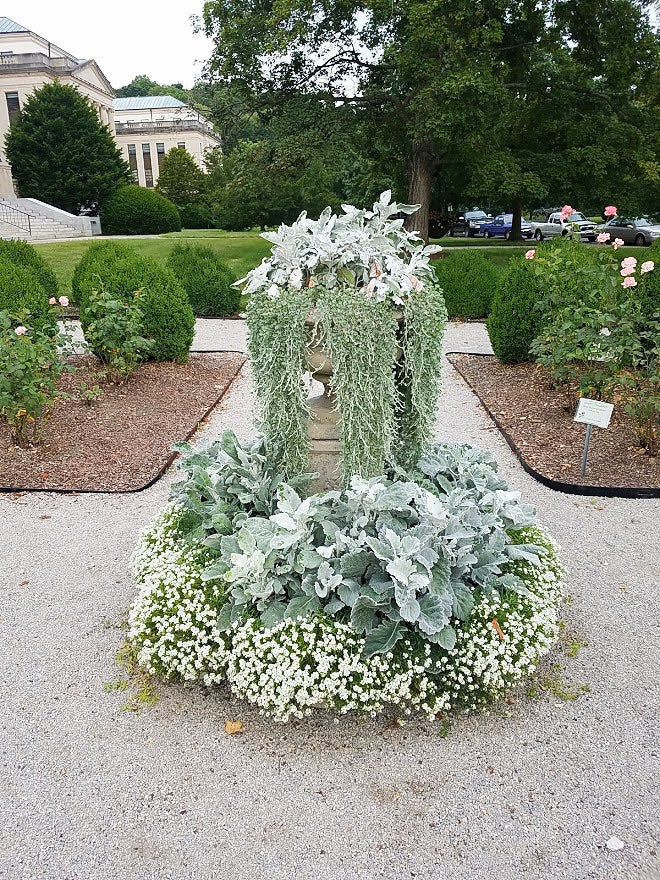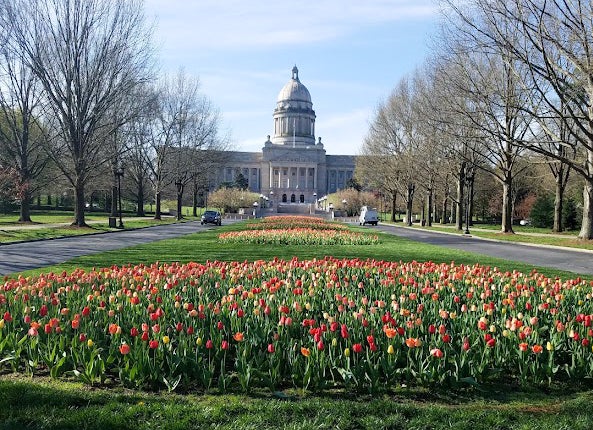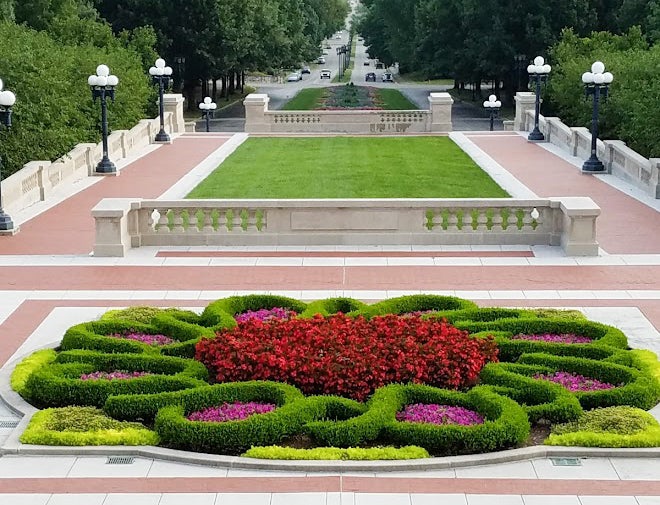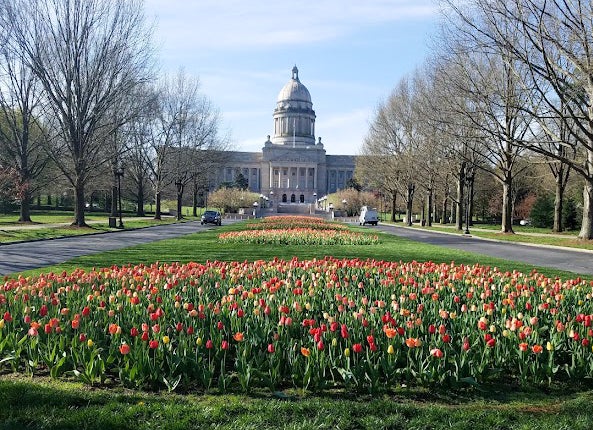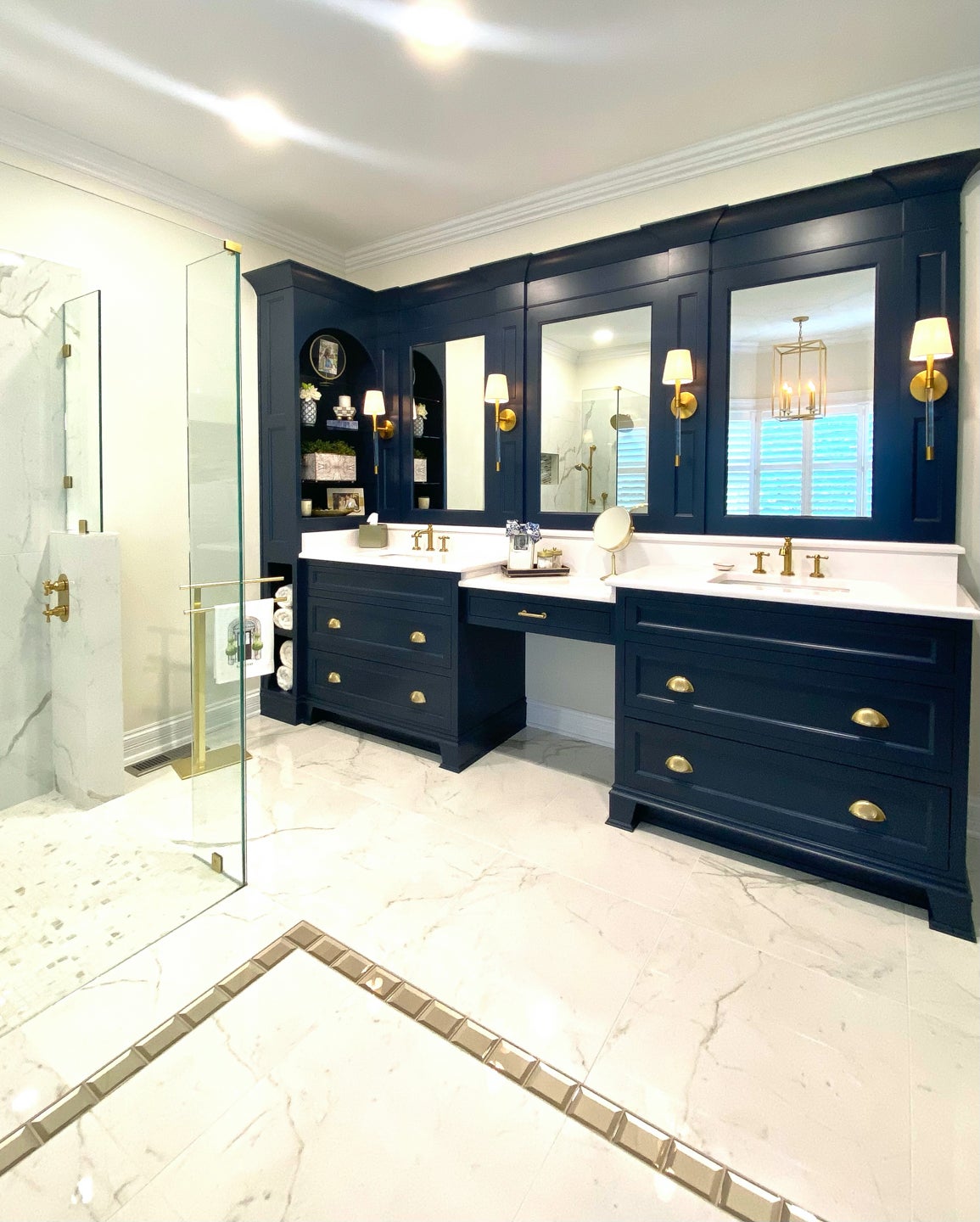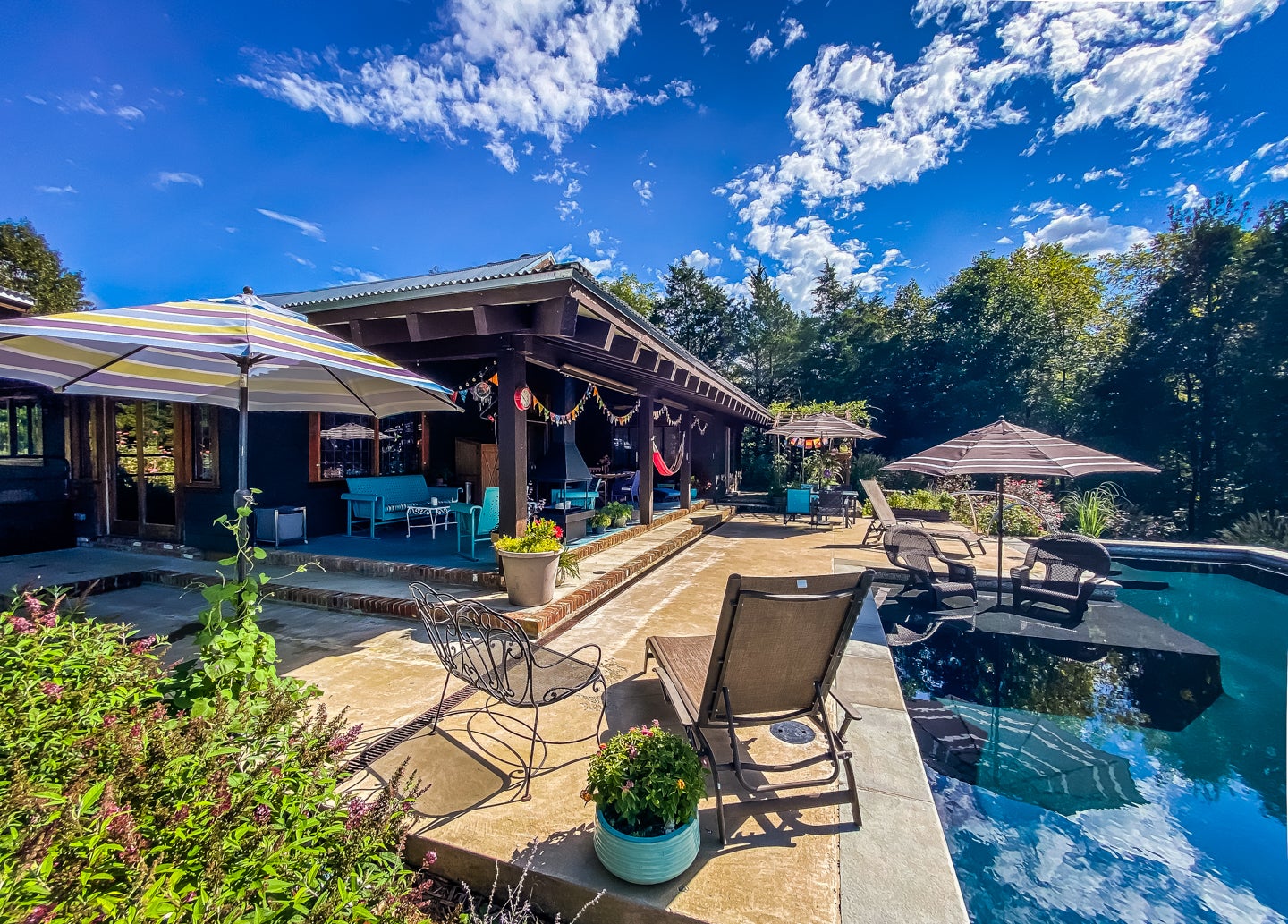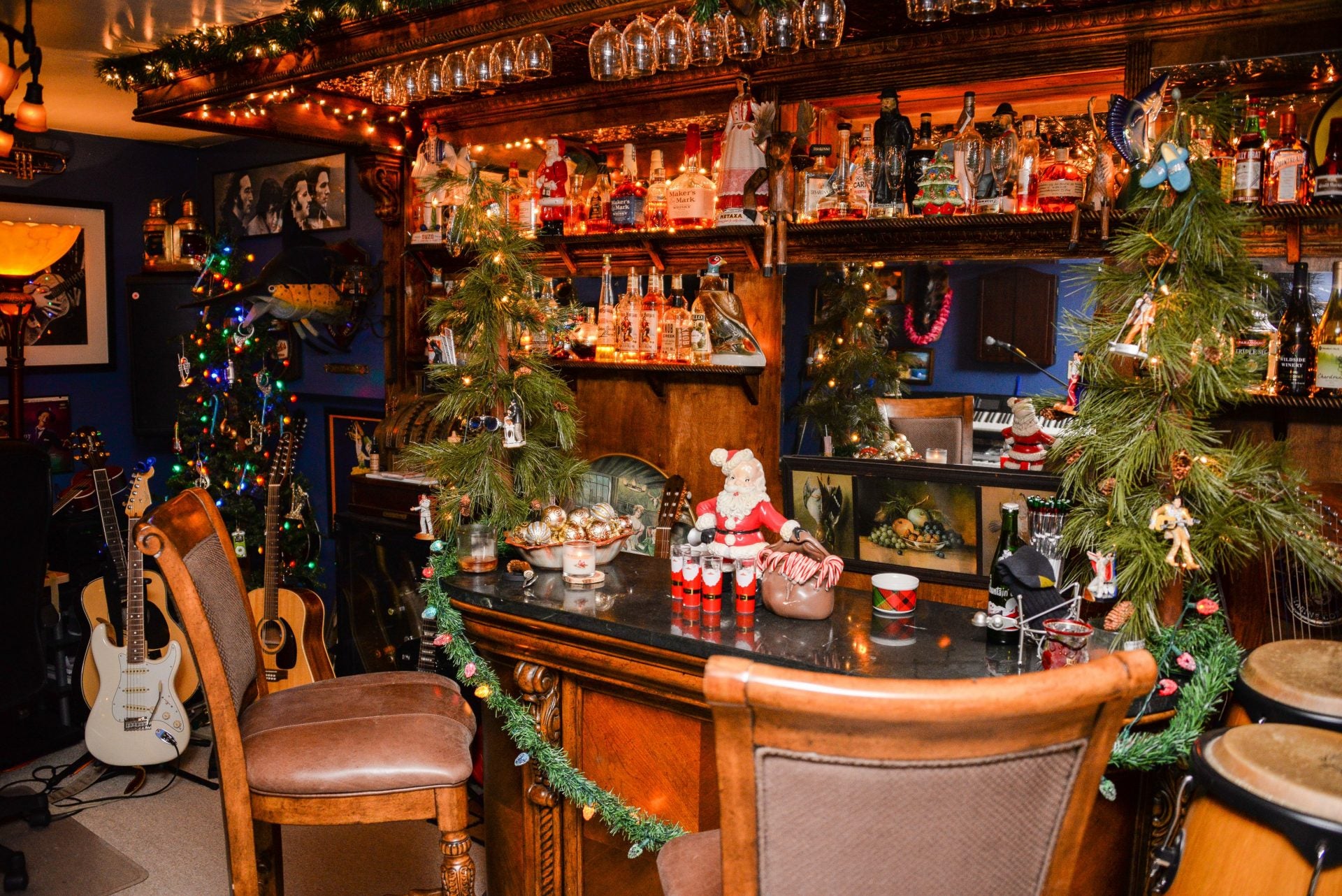By Barbara Hadley Smith, The Garden Club of Frankfort
One of the wonderful benefits of living in Frankfort is the access residents have to the gardens on the Capitol grounds. We enjoy the beautiful blooms and artistic designs year after year, and best of all, someone else does all the designing, planting and weeding!
When the “new” Capitol was being constructed in 1908, John Charles Olmstead, of the renowned Olmstead Brothers Landscaping Design Firm, was tasked with designing the approach to the Capitol and the grounds around it. He envisioned a park-like setting with natural plantings and large oak trees complimenting and framing the Beaux-Arts building. That vision became a reality that we treasure today.
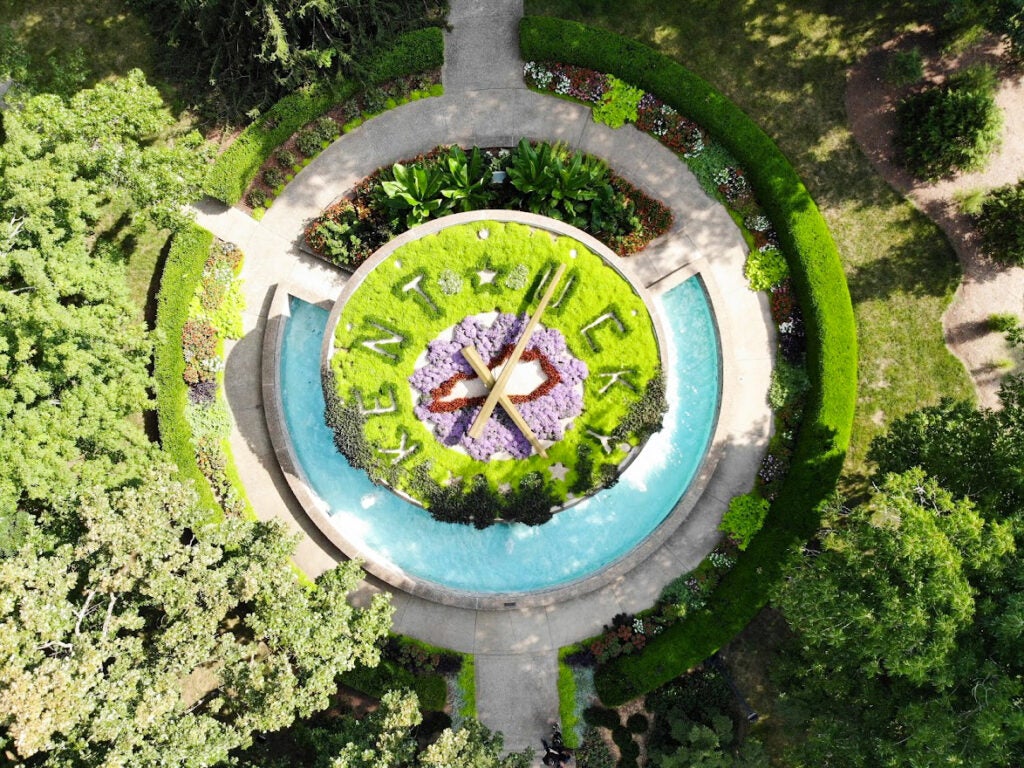
In 1961, then-Gov. Bert Combs, inspired by a floral clock he saw in Buffalo, New York, decided the Capitol grounds would be enhanced by such an attraction. His aides weren’t so sure, but Combs prevailed, and the floral clock was constructed on the south side of the Capitol, to the right of the Capitol Annex.
According to Ryan Hix, Horticulture Services Branch Manager in the Finance and Administration Cabinet, the floral clock is the number one tourist destination in Kentucky.
The Rose Garden was added in 1961 to the left of the Capitol Annex to balance the floral clock. It is a colorful garden where one can “stop and smell the roses” — a large variety of them.
Each spring, visitors and residents alike anticipate the blooming of the tulips in front of the Capitol. Old-timers say the tulips used to bloom in time for the Kentucky Derby, but not these days.
“The environment is so uncertain that we are not able to guarantee the blooms will last until the first weekend in May,” Hix explained. “So, we plant tulips that bloom early, by Easter, and then dig them up and replace them with other plantings.”
In years past many Frankfort residents would make a mad dash to collect tulip bulbs on the day they were dug up and take them to their own gardens. These days the bulbs are given to non-profit organizations selected by the First Lady’s Office.
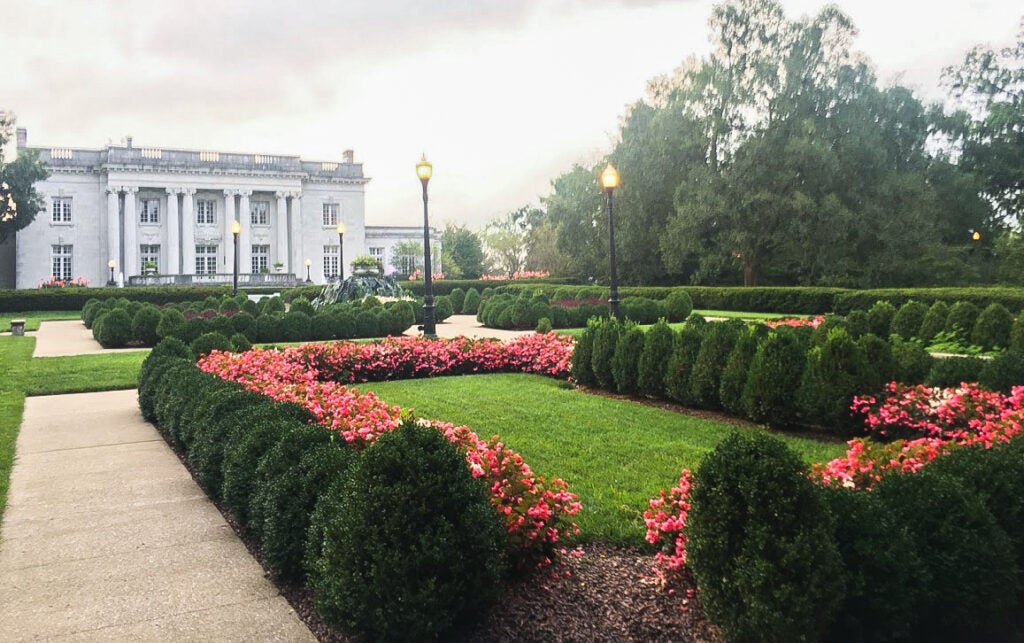
Another garden to stroll by is the front garden of the Governor’s Mansion. The gates, recently installed to protect the mansion, prevent visitors from entering the property on an unscheduled basis, but you can see the gardens from the street.
Before 1980, the mansion’s front lawn was composed of grass and trees. First Lady Phyllis George Brown had the lawn redesigned into Partere Gardens, which are formal gardens with low growing plants. She believed these gardens were appropriate to the architecture of the Governor’s Mansion, which is modeled after the Palace of Versailles, France.
In 1984, then-Gov. Martha Layne Collins requested a master plan be developed to enhance the grounds around the Capitol and repair the balconies. The work began in 1986 and included the planting of many trees, including cherry trees, which were a gift from Japan. Those trees are located on the northeast corner of the loop on the right near State Street.
The latest garden to be added to the Capitol grounds is the Monument Garden (2009). It is what might be called a “pocket garden” on the west side of the Capitol, on the right side of the drive going up to the building. It has the feel of an arboretum with Dawn Redwood, Pawpaw and Kentucky Coffee trees among others. There is a bench where you can sit and enjoy the scenery and your dog can refresh itself at the dog water fountain.
If you have appreciated the intricate designs of some of the gardens, the changing color schemes and intriguing themes, give credit to the talented members of a committee who plan the gardens’ designs six months in advance.
“I am fortunate to have a staff of educated horticulturists,” Hix said. “Many have degrees in this profession, and they bring their expertise to the meetings where we decide what to do with each garden in terms of texture and color and plant materials.”
Members of the committee include Hix; Kaitlin Farlee, flower consultant, who also does floral arrangements for the many official events; Tim Depenbrock, landscape consultant; Jud Browning, greenhouse consultant; and supervisors Ross Flatt and Shawn Purvias. They are all state employees in the Finance and Administration Cabinet, Department for Facilities and Support Services.
